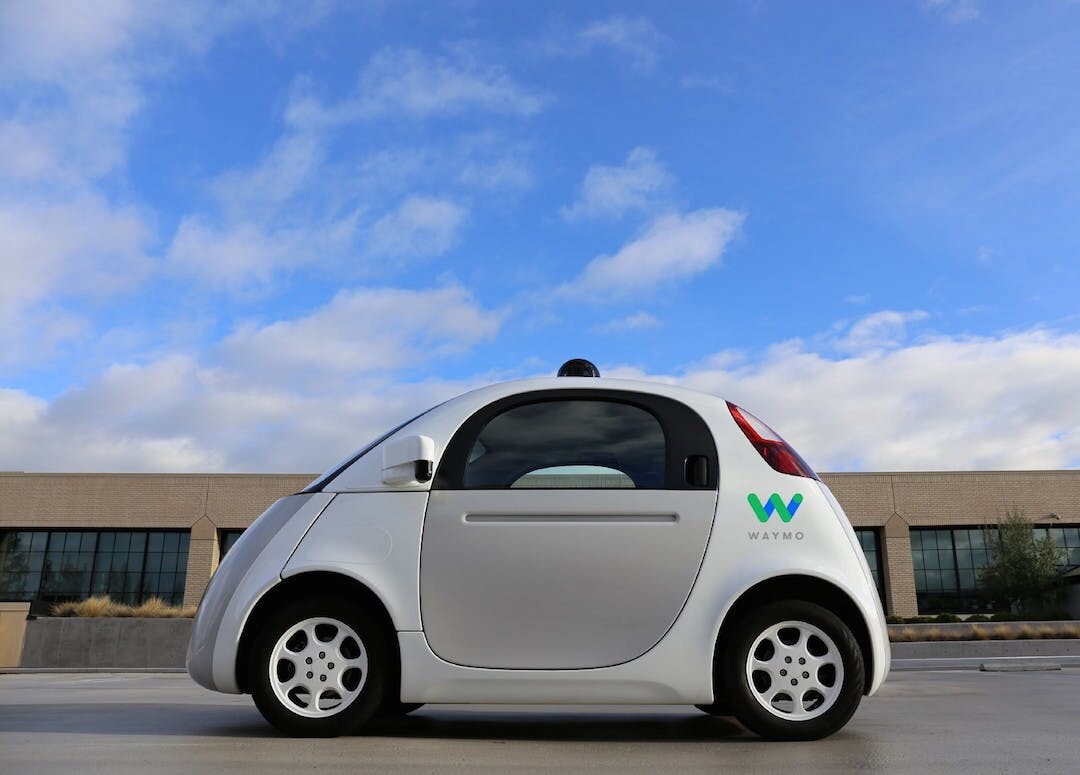Aixuze Insights
Explore the latest trends and insights on diverse topics.
When Cars Drive Themselves, Who's in the Driver's Seat?
Discover the future of self-driving cars: Who really controls the road when tech takes the wheel? Uncover the surprising answers now!
The Future of Transportation: How Autonomous Vehicles are Changing the Road
The future of transportation is being radically transformed as autonomous vehicles take to the roads. This technological revolution promises to enhance road safety, reduce traffic congestion, and minimize environmental impact. With the potential to decrease human error, which accounts for over 90% of traffic accidents according to the NHTSA, the integration of self-driving cars into everyday life is ushering in a new era of mobility. As companies like Tesla and Waymo lead the charge, the landscape of urban planning will likely shift towards a future where vehicle ownership decreases, public transport integrates seamlessly with autonomous technology, and efficient city designs emerge to accommodate these changes.
Moreover, the economic implications of autonomous vehicles are profound. Experts predict that the autonomous vehicle market could reach over $800 billion by 2035, as noted by the Boston Consulting Group. This surge will not only generate new jobs in technology, manufacturing, and infrastructure but also potentially displace traditional driving jobs, necessitating a focused approach on workforce retraining. As autonomous vehicles become more prevalent, regulatory frameworks will need to evolve to ensure safety and public trust. The road ahead presents both challenges and opportunities, and the journey toward a fully autonomous future is just beginning.

Navigating the Ethics of Self-Driving Cars: Who's Responsible in an Accident?
The emergence of self-driving cars presents a myriad of ethical challenges that society must confront, particularly concerning accountability in the event of an accident. As these vehicles utilize advanced algorithms and artificial intelligence, the question arises: who is responsible when something goes wrong? Is it the manufacturer, the software developer, or the owner of the vehicle? According to a report by the National Highway Traffic Safety Administration, without clear legislation on liability, the responsibility in accidents involving autonomous vehicles remains ambiguous, complicating the legal landscape.
To navigate these ethical quandaries, stakeholders must consider various factors, including the decision-making processes of self-driving technology. For instance, the ethical algorithms designed to evaluate risks in split-second decisions raise questions about programmed biases and prioritization during dangerous scenarios. The RAND Corporation emphasizes the need for comprehensive frameworks that address potential repercussions of accidents involving self-driving cars, urging collaboration between technology developers, lawmakers, and the public to establish clear guidelines and accountability mechanisms.
Are We Ready for Autonomous Vehicles? Exploring the Safety and Legal Implications
As we stand on the precipice of a new era in transportation, the question Are We Ready for Autonomous Vehicles? looms larger than ever. The National Highway Traffic Safety Administration (NHTSA) reports that autonomous vehicles have the potential to reduce traffic accidents significantly, as they can eliminate human errors caused by distractions, fatigue, and impaired driving. However, the integration of these vehicles into our daily lives raises essential safety concerns, including how we ensure proper testing and regulation. With numerous studies underscoring the importance of a fail-safe mechanism, it becomes crucial to explore how we can achieve a balance between innovation and safeguarding public safety.
The legal implications surrounding autonomous vehicles present another layer of complexity. Currently, liability in accident scenarios remains ambiguous, raising questions about whether the manufacturer, software developer, or vehicle owner is responsible. As autonomous vehicles become more prevalent, the legal frameworks must evolve to address these issues. Additionally, issues of data privacy and cybersecurity loom large as autonomous vehicles collect vast amounts of personal data to operate effectively. Addressing these challenges is pivotal for fostering public trust and ensuring the successful rollout of this transformative technology.